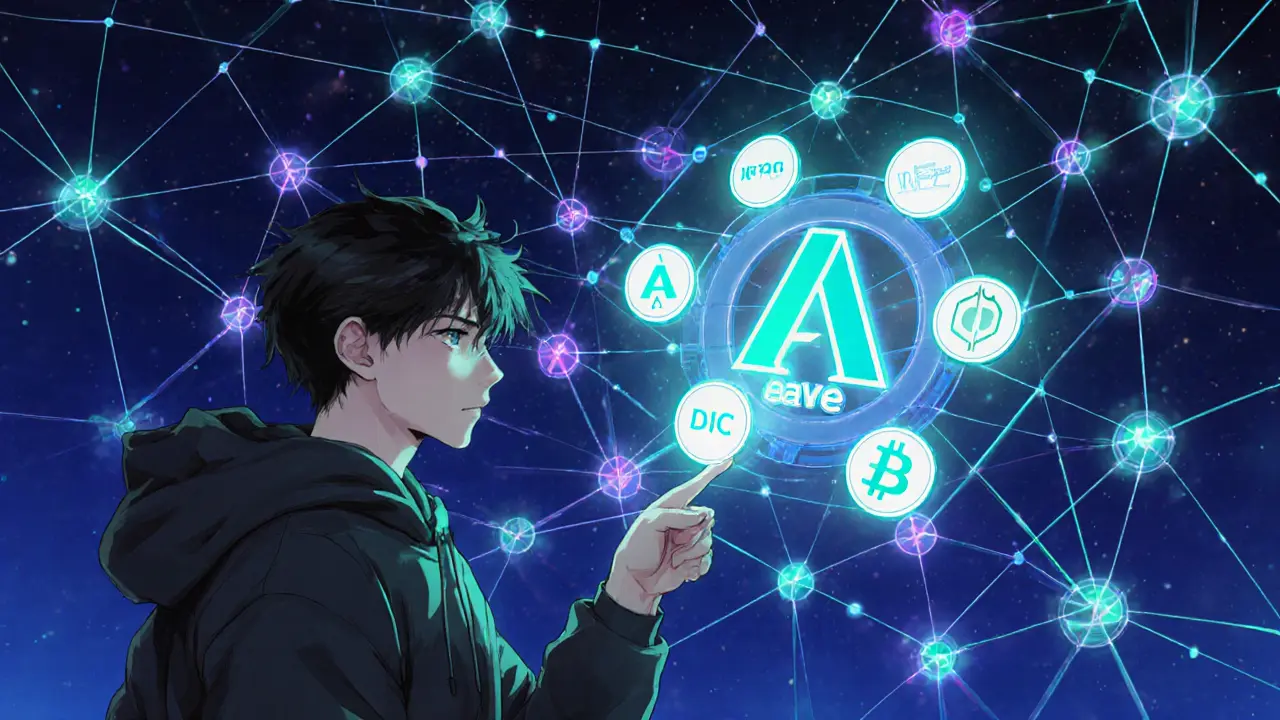Uncollateralized Borrowing: How Trustless Loans Work in DeFi
When you start exploring Uncollateralized Borrowing, a lending method that lets users take out loans without posting collateral, relying on smart‑contract guarantees and protocol‑level risk controls, also known as trustless lending, you quickly run into three core concepts that shape the space. First, Flash Loans, instant, collateral‑free loans that must be repaid within the same blockchain transaction give traders a way to arbitrage or liquidate positions without upfront capital. Second, DeFi Credit Protocols, platforms that assess borrower reputation and on‑chain activity to extend longer‑term, unsecured credit lines enable users to fund projects or cover expenses over weeks or months. Third, Liquidity Pools, shared pools of assets that provide the capital needed for these loans and earn fees for contributors form the financial backbone that makes uncollateralized borrowing possible. Semantic triples such as "Uncollateralized borrowing encompasses flash loans," "DeFi credit protocols require reliable on‑chain reputation," and "Liquidity pools support risk‑managed lending" illustrate how these pieces fit together. Understanding these relationships helps you gauge the benefits and pitfalls before you tap into any uncollateralized borrowing product.
Key Risks and How Protocols Mitigate Them
Even though you don’t lock up assets, uncollateralized borrowing isn’t risk‑free. Protocols use algorithmic risk assessment, often tying borrowing limits to a borrower’s on‑chain credit score, transaction history, and participation in governance. Some platforms employ insurance funds or over‑collateralized fallback mechanisms that kick in if a loan defaults. Others rely on real‑time oracle data to ensure that price feeds used for liquidation triggers remain accurate. Factor in network fees, especially during congestion, because they can erode profit margins on flash loan strategies. Managing these risks means staying aware of protocol updates, monitoring gas costs, and diversifying across multiple credit providers. By understanding how each protocol balances exposure—whether through dynamic interest rates, credit limits, or community‑governed safety nets—you can make smarter borrowing decisions.
Below you’ll find a curated selection of articles that dive deeper into each of these areas. From the mechanics of flash loans and real‑world use cases to detailed reviews of leading DeFi credit platforms and risk‑management guides, the posts are organized to give you both a high‑level overview and actionable steps. Whether you’re a trader looking to capitalize on arbitrage, a developer building a credit scoring model, or just curious about the future of trustless finance, the collection offers the insights you need to navigate uncollateralized borrowing confidently.
